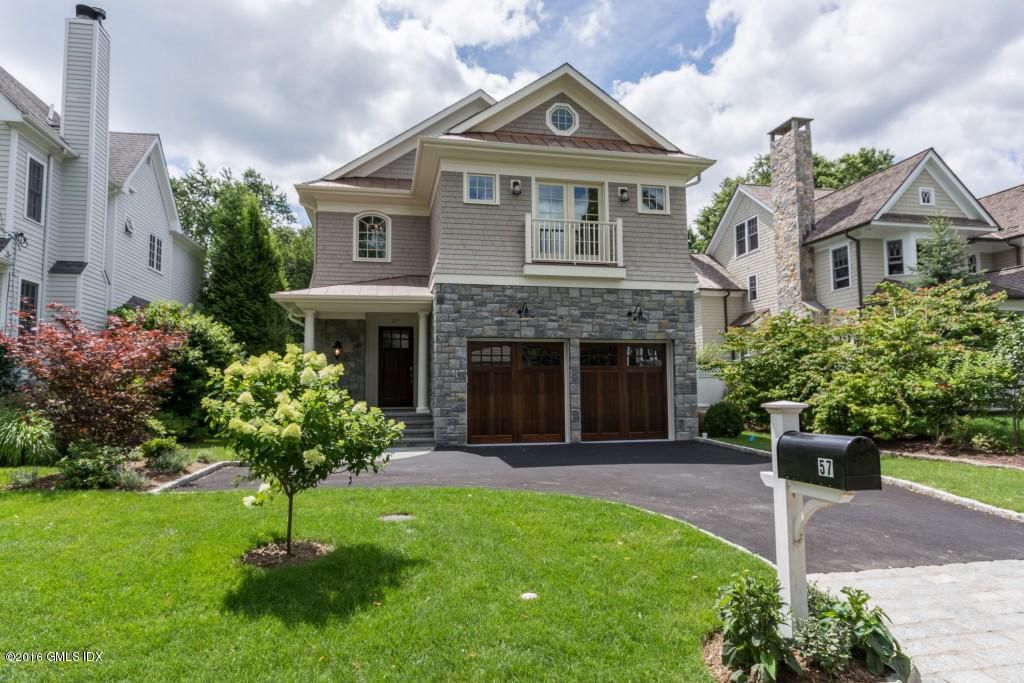Steinway accused of falsely claiming that its pianos increase in value
Just as owners of 18th century antiques have discovered to their (our) dismay, pianos are no longer a hot item on the market.
Angry buyers of Steinway pianos say they were duped by salespeople who told them the instruments would increase in value, though they actually plunge in price by 50 percent or more as soon as they leave the showroom floor, according to a report Saturday.
Owners of the ultra-expensive instruments, which cost between $70,000 and $150,000 when new, said salespeople lied to them about what their pianos’ worth in the future, the Hatch Institute reported Saturday.
Customers said they were shown charts of steadily rising prices for new models and were told that buying a Steinway made a better investment than Wall Street stock, the investigative journalism site said.
One Steinway brochure, titled “Your Steinway Investment,” claims that “for more than a century and a half, every handmade Steinway has increased in value,” adding that their pianos were “an investment instrument unique in all the world.”
But when owners tried to sell, they learned their Steinways were worth tens of thousands less than what they’d paid, even when the pianos were just months old or had never been played, the site reported.
“They use the word investment,” said Ronen Segev, who owns Park Avenue Pianos, which buys and sells used Steinways. “Steinways go up in value. It’s part of the expectation. Then you look at the secondary market and you see what prices are. It really shocks people.”
Company spokesman Anthony Gilroy conceded that Steinways “go down in value significantly right off the bat.” He said claims by salespeople that the pianos increase was “a very rare occurrence.”
As for the brochure making that statement, he said he “pulled it months ago from the website.” But Hatch found it was still widely in use.
In view of this, maybe our BOE should reconsider paying $155,000 for a new piano for our GHS Music Hall; Peter Sherr, who supports the expenditure, might dig a bit deeper into the market and see what he can save us taxpayers, at no cost to student performances.
(UPDATE)
Better yet, the GHS parents who have so generously raised $50,000 to pay for a new piano should retain my incredibly talented younger brother Anthony, a superb musician, Sony Music retiree and Steinway expert, to scout out a premium piano to replace the current one (which he undoubtedly played during his own days at GHS). I haven’t broached the idea with Ants, but I think a 15% finders fee for securing, say, a $155,000 Steinway (calculated from the parents’ group’s own estimate) for that $50,000 would be fair. Not that Anthony would need any help, but I’ve been pretty successful in negotiations during my time here on this mortal coil, and I’d be happy to throw in my own support, gratis.
It’s obvious (to me) that a new piano is needed; the question is, how much should it cost?
(Just to preempt Holden, here’s the video)













